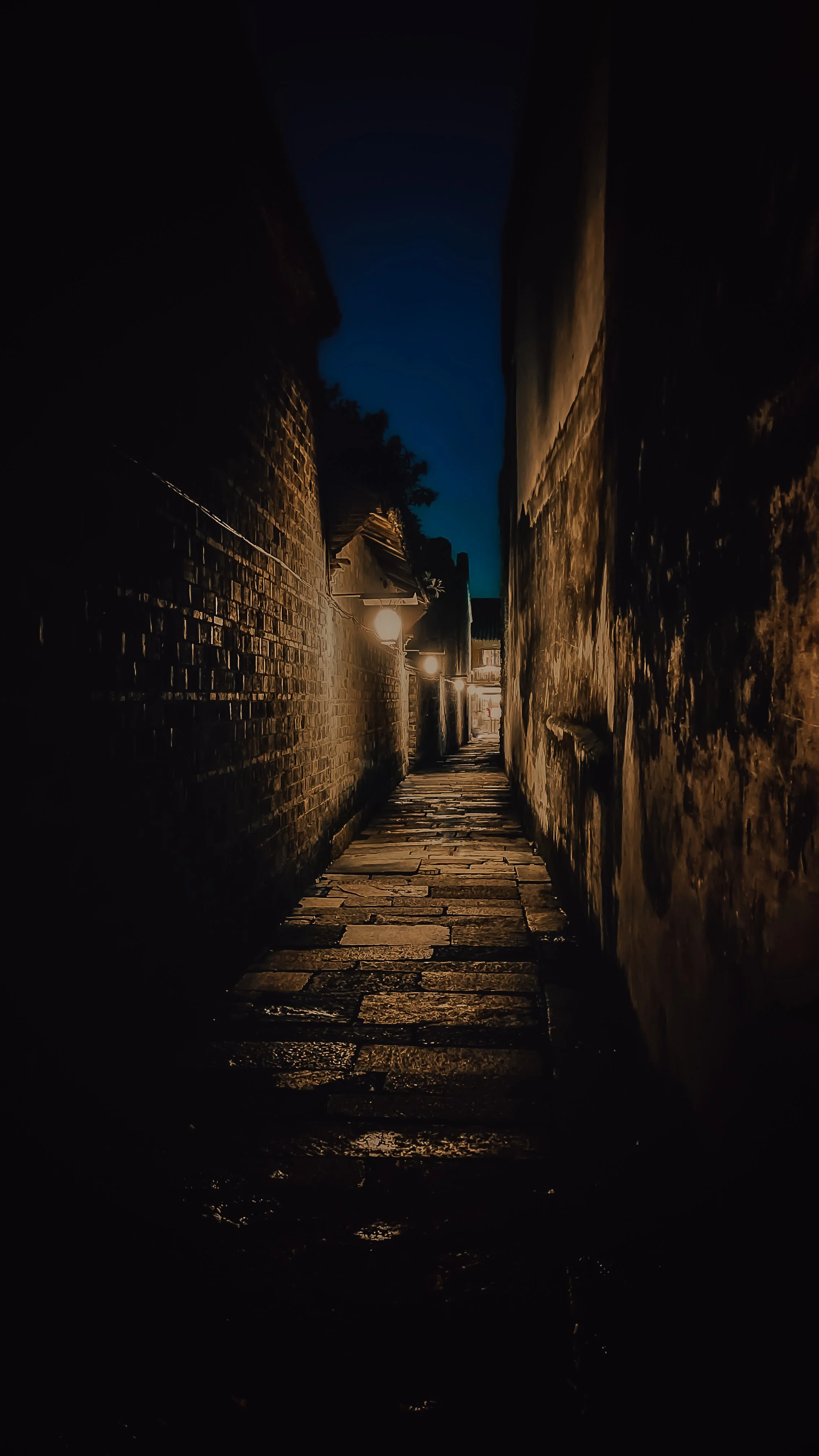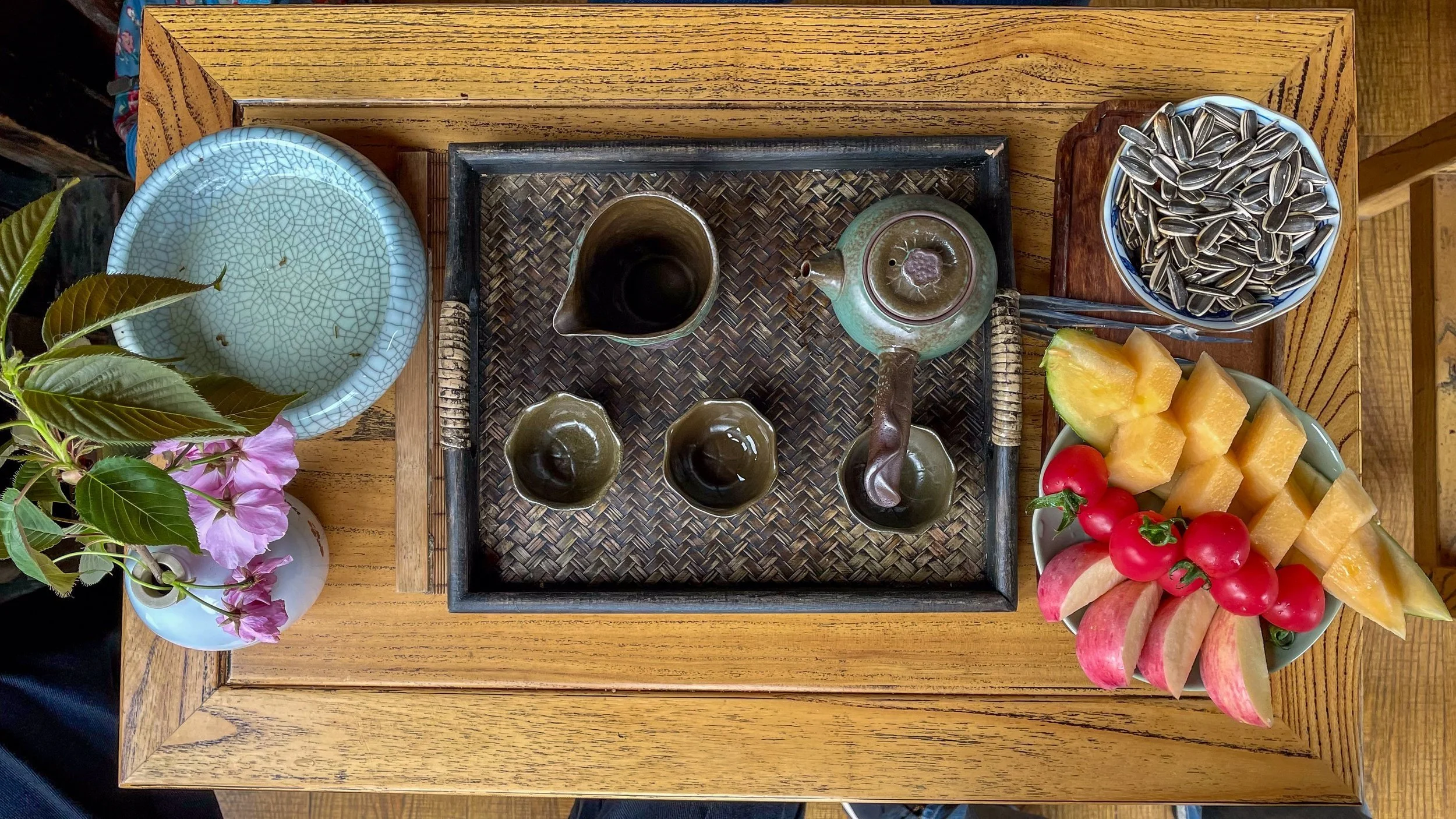Wu Zhen.
Nestled in the enchanting heart of Zhejiang Province, Wuzhen is a captivating destination where time seems to stand still, frozen in a moment of serene beauty. Known as one of China’s most picturesque water towns, this ancient village offers a delightful blend of rich history, vibrant culture, and breathtaking natural scenery. During my recent visit, I was completely captivated by its tranquil canals, beautifully preserved traditional architecture, and the warm hospitality of its residents. Join me as I share the most memorable highlights of my unforgettable trip.
A Glimpse into Wuzhen’s History.
Wuzhen has a history that spans over 1,300 years, and its well-preserved ancient streets and buildings vividly recount tales of a bygone era. The town is divided into six districts: Dongzha, Xizha, Nanzha, Beizha, and two newer areas. Wuzhen serves as a living museum showcasing Ming and Qing dynasty architecture. As I walked through its narrow cobblestone streets, I felt as though I had stepped back in time. The wooden houses, adorned with intricate carvings, the stone bridges arching over tranquil canals, and the bustling markets all contribute to the town’s timeless charm.
Exploring Wuzhen.
Exploring Dongzha and Xizha.
My journey began in Dongzha, the older and more developed section of Wuzhen. As I wandered through the ancient streets, I visited landmarks such as the Mao Dun Memorial Hall, which honours the famous Chinese writer Mao Dun, known for vividly depicting life in Wuzhen. The Fanglu Pavilion offered stunning views of the canals, while the Jiangnan Hundred Beds Museum showcased the artistry of traditional Chinese furniture.
Next, I ventured to Xizha, the quieter and more scenic part of town. Xizha is particularly enchanting at night when the canals are illuminated by lanterns, casting a golden glow over the water. I enjoyed a leisurely boat ride, gliding past ancient homes and under stone bridges, fully immersed in the peaceful atmosphere. The Wuzhen Grand Theatre, with its striking modern design, provided a fascinating contrast to the historic surroundings.
Xizha (West Zone):
Muxin Art Museum: A minimalist tribute to writer-artist Mu Xin, showcasing his manuscripts and paintings. Tip: Closed Mondays.
White Lotus Tower: Climb for panoramic views, especially magical at night when illuminated.
Wuzhen Grand Theater: A modern architectural marvel hosting performances, inspired by traditional paddle designs.
Water Market: Shop for local crafts and snacks from boats—a lively morning experience.
Dongzha (East Zone):
Hundred-Bed Museum: Marvel at intricately carved Ming-Qing dynasty beds.
Jiangnan Wood Carving Museum: Discover centuries-old woodworking artistry.
Double-Fortune Bridge: A photogenic “bridge within a bridge” symbolising harmony.
This drone shot captures the serene waterway, where historical buildings and greenery intertwine. The pathways and bridges beckon exploration, highlighting life along the canal. This aerial view reveals Wuzhen's enchanting landscape, showcasing the harmony of nature and heritage.
Dji Mini3 Pro
Boat Rides & Nightscapes.
No visit is complete without a canal boat ride. Glide under arched bridges as the town’s reflections shimmer in the water. Opt for a shared boat (¥60/person) or a private one (¥480) for romance 5. At night, Xizha transforms into a luminous wonderland with lantern-lit waterways and performances—don’t miss this ethereal spectacle.
Local Flavours to Savour.
Wuzhen’s cuisine is a feast for the senses:
Scholar Lamb Noodle Soup: Hearty and aromatic, a local favourite.
Sauce Duck: Slow-cooked in soy sauce, tender and rich.
Sanbai Wine: A fragrant rice wine brewed for centuries.
Jinji Pastry: Sweet, sticky rice cakes evoking childhood nostalgia.
For a refined meal, Wuzhen Club offers canal-view dining with dishes like steamed whitefish
The drone image captures a striking top-down view of four symmetrical ponds, each perfectly aligned in a geometric formation that draws the eye. The pond's water surface is almost glassy, with ripples gently disturbing the tranquility, hinting at a slight breeze.
Intersecting pathways meander between the ponds, inviting exploration and connecting each area in a seamless flow of natural beauty. The image encapsulates a serene landscape, a testament to the artistry of nature and the precision of drone photography.
Immersing in Local Culture.
Wuzhen is not just a feast for the eyes—it’s also a cultural treasure trove. I had the chance to watch a traditional shadow puppet show, a centuries-old art form that originated in this region. The intricate puppets and lively storytelling were mesmerizing. I also visited an indigo dye workshop, where I learned about the traditional dyeing techniques that have been passed down through generations. The vibrant blue fabrics were a testament to the town’s rich artisanal heritage.
Food lovers will find plenty to savour in Wuzhen. I indulged in local delicacies like stewed pork in soy sauce, Wuzhen rice dumplings, and sweet osmanthus cakes washed down with some Chinese traditional tea. Each dish was a burst of flavour, reflecting the simplicity and authenticity of Jiangnan cuisine.
Afternoon tea.
What makes Wuzhen truly special is its ability to balance preservation and modernity. While the town has retained its historic character, it also offers modern amenities and cultural experiences that cater to today’s travellers. Whether you’re a history buff, a photography enthusiast, or simply seeking a peaceful escape like me, Wuzhen has something for everyone.
Getting There.
From Major Cities: Wuzhen is easily accessible from Shanghai (2–3 hours by bus) or Hangzhou (1–2 hours by bus/train). High-speed trains arrive at Tongxiang Station, followed by a short bus ride (K282/K350) to the town.
By Car: Self-driving offers flexibility, with parking available near the scenic zone.
Where to Stay?
Traditional Guesthouses: To fully experience Wuzhen’s magic, consider staying in restored wooden homes within the scenic zones for an authentic experience.
Wuzhen Club: A boutique hotel blending heritage design with luxury, complete with cooking classes and tea ceremonies.
Pro Tip: Overnight guests enjoy free shuttle rides in Xizha.
Tips for visiting Wuzhen.
Best Time to Visit: Spring and autumn offer pleasant weather and fewer crowds. Avoid public holidays as it is very popular and get overcrowded.
Don’t Miss: The early morning hours, when the town is at its most tranquil, are perfect for photography and reflection.
Tickets: Purchase a combined Dongzha-Xizha pass (¥190/adult) for full access.
Timing: Visit on weekdays to avoid crowds. Spring (March-May) and autumn (September–November) offer ideal weather.
Festivals: Plan around the Wuzhen Theatre Festival (October) or Spring Festival lantern shows for cultural immersion.
Etiquette: Respect local customs—keep noise levels low in residential areas.
Final thoughts.
Wuzhen is more than a destination; it’s a narrative woven through cobblestone paths and flowing canals. Whether sipping tea in a riverside teahouse or tracing the footsteps of literary giants, the town invites you to slow down and savour its timeless beauty. As American vlogger Katherine Olson noted, Wuzhen offers the “authentic Chinese flavour” many travellers seek—a blend of history, art, and tranquil living.
It’s an experience that lingers in your heart long after you leave. As I bid farewell to this enchanting water town, I couldn’t help but feel grateful for the opportunity to connect with its history, culture, and natural beauty. If you’re planning a trip to Zhejiang Province, make sure Wuzhen is at the top of your itinerary. Trust me, it’s a journey you’ll cherish forever.
River view.






















































